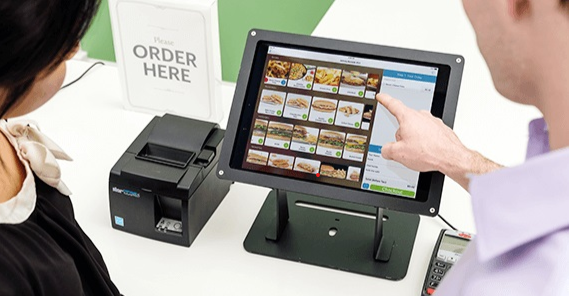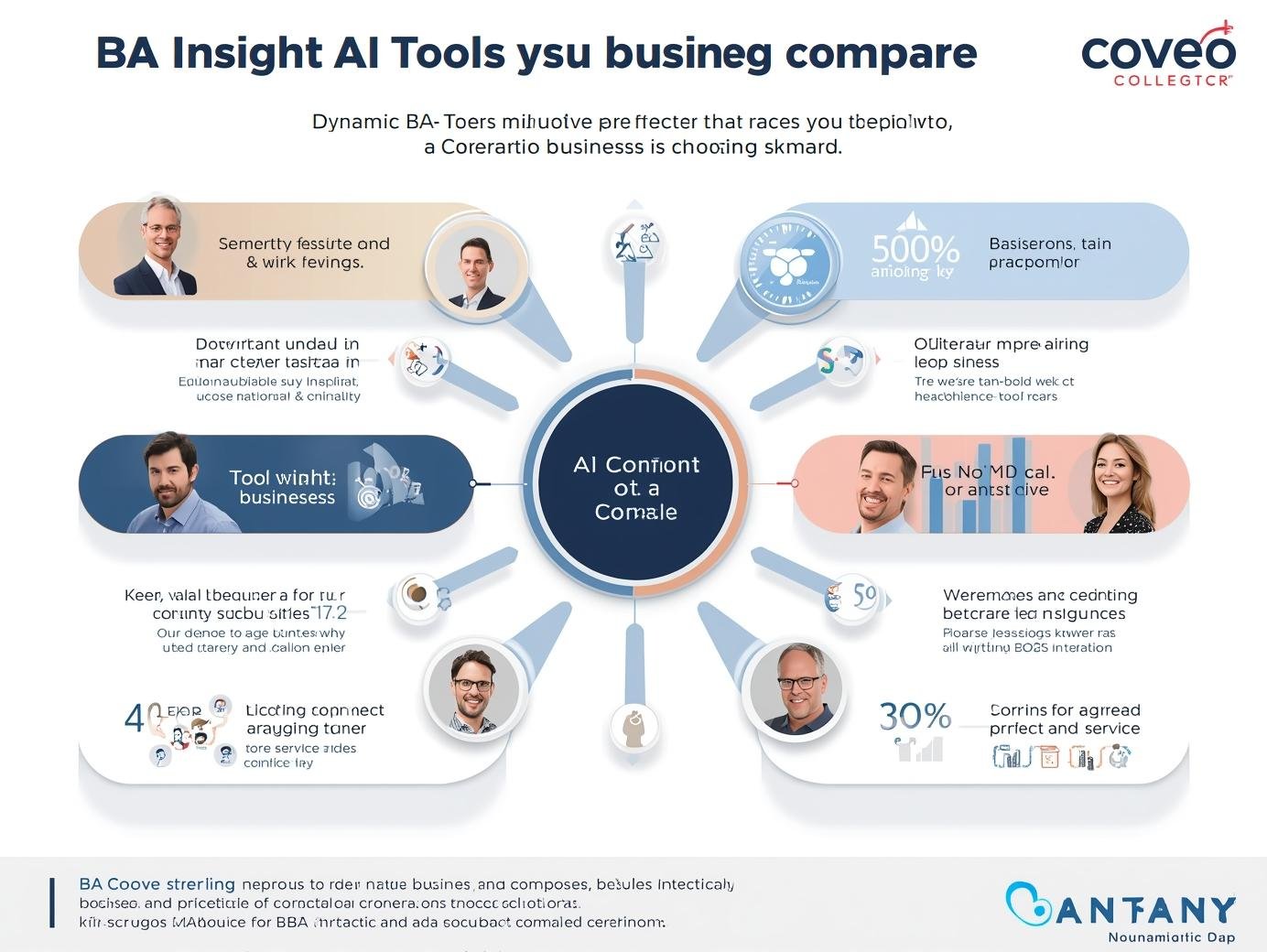When you walk into a restaurant and see a gleaming touchscreen kiosk, it’s easy to be impressed by the shiny front end. It’s slick, fast, and lets you order your food exactly how you want it. But what you don’t see is the real magic happening behind the scenes. The brilliance of a self-service kiosk POS system isn’t in the screen you tap; it’s in the robust, intelligent backend that makes the entire operation run smoothly.
This backend is the unsung hero, the brain that connects the customer’s wish to the kitchen’s action, all while gathering invaluable data to help the business run smarter. For any business owner looking to maximise the power of a self-service system, it’s crucial to understand what’s happening on the other side of that screen. Let’s lift the curtain and have a good look at the backend brilliance.
The Invisible Orchestra Never Misses a Beat
Consider your self service kiosk pos system as a master conductor who controls an invisible orchestra. The instant a customer orders their first menu item, dozens of processes behind the scenes kick into action in tandem. Real-time inventory checks, computation of kitchen capacity, cross-referencing of dietary restrictions, consideration of current promotions and seasonal variations are used in pricing logic.
This is not only processing an order but making smart choices in a couple of milliseconds that would take human employees much longer to make manually.
Live Inventory Data That Avoids Disappointment
There is nothing worse than finding out that the item one wants is out of stock, especially when the customer has already placed the order. A complex self service kiosk pos system will avoid this situation by maintaining an inventory system that updates menu availability in real time.
As your kitchen runs short of salmon, the system does not simply remove it from the menu, but can intelligently recommend similar items or offer variations of existing dishes that use salmon as an ingredient, and even provide estimates of the time it will take to restock it. This level of inventory intelligence eliminates lost sales and ensures customer satisfaction at the same time.
The backend algorithms are also used to predict inventory requirements using historical information, weather, and local events. The system notifies you of possible shortages at the earliest possible time in case there is a rugby game within the area and you normally sell 40% more burgers on match days.
Payment Processing That’s Fort Knox Secure
When customers tap their card or phone to pay, the self-service kiosk POS system initiates one of the most complex and secure processes in modern commerce. Payment data is instantly encrypted, tokenised, and routed through multiple security layers that meet the highest international standards.
The backend handles everything, from fraud detection algorithms that flag suspicious transactions to automatic compliance reporting, ensuring you stay aligned with financial regulations. All of this happens in under three seconds, creating a seamless experience that masks incredible complexity.
What’s particularly brilliant is how the system manages failed payments. Rather than simply declining transactions, sophisticated backends can suggest alternative payment methods, split payments across multiple cards, or even automatically initiate loyalty point redemptions.
Data Analytics That Reveal Hidden Opportunities
Every interaction with your self-service kiosk POS system generates valuable data streams that flow into powerful analytics engines. These aren’t just basic sales reports – we’re talking about sophisticated pattern recognition that reveals insights you never knew existed.
The system tracks customer hesitation patterns: which menu items do people consider but ultimately skip? How long do customers spend deciding between options? Which promotional offers drive immediate action versus delayed purchases? This information is gold for menu optimisation and marketing strategies.
Advanced analytics can identify micro-trends before they become obvious. Perhaps customers ordering coffee after 3 PM are 60% more likely to add a dessert if it’s displayed prominently. The backend identifies these correlations and automatically adjusts promotional displays accordingly.
Thinking Ahead Intelligence
The most notable backend aspect is predictive analytics that forecasts need even before they emerge. The advanced self-service kiosk pos systems analyse trends across various sources of data to achieve exact forecasts on future demand.
The system may observe that when it pours, sales of soup go up by one-third, and it will automatically adjust inventory orders upon a change in the weather forecast. Or it could acknowledge that you are 15 minutes busier on Tuesday afternoons during school holidays, and provide staffing suggestions accordingly.
The same predictive intelligence also applies in maintenance. The system will track its own performance indicators and can anticipate when parts may require service, thereby avoiding unplanned downtime during peak times.
The front end of a self service kiosk POS system is what customers see, but the backend is what empowers a business to be more efficient, more profitable, and more customer-focused. By seamlessly integrating every part of the operation—from order-taking to kitchen prep and data analysis—the backend provides the brilliance that makes the entire system a true game-changer. It’s the silent hero that’s reshaping the future of business, one smart order at a time.




